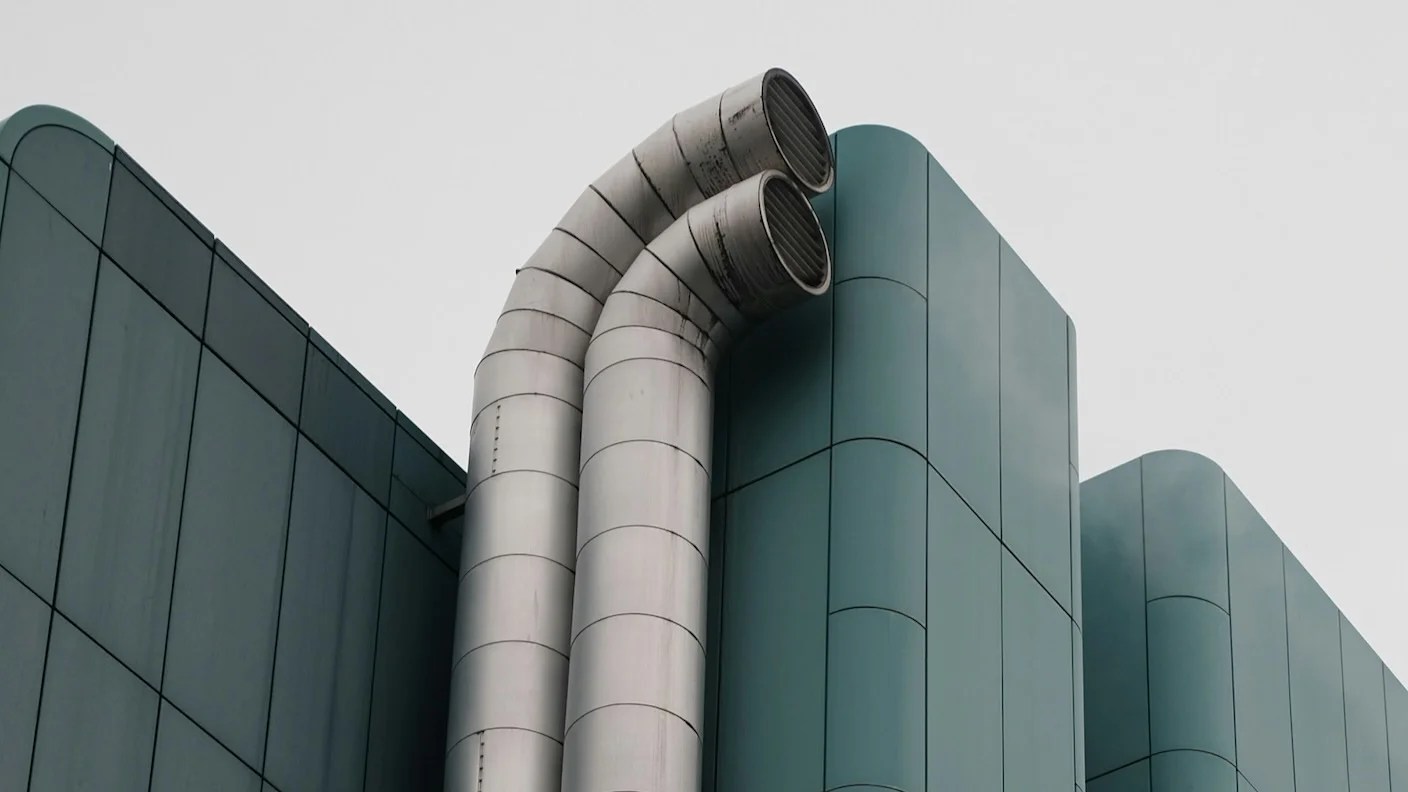As carbon emissions continue to rise there’s growing recognition we need to find ways to reverse them. Researchers have now created an air filter that passively captures CO2 from building ventilation systems, offering a low-cost alternative to energy-hungry carbon-capture plants.
The idea of pulling carbon out of the atmosphere to help solve climate change has long been resisted by climate activists, who worry it could be an excuse to take less drastic action.
But with the pace of reductions still well below what’s required to avert the worst impacts of a warming climate, even bodies like the Intergovernmental Panel on Climate Change now concede carbon capture is likely to play a crucial role.
However, conventional direct-air-capture systems are large, expensive, and energy-intensive, and it’s not clear whether the technology can be scaled to meet the challenge ahead.
Now researchers have developed a carbon-capture model that would instead install CO2-absorbing air filters in building ventilation systems. Much like rooftop solar panels, they say, the approach could use existing infrastructure to lower the cost and widen the reach of carbon-capture efforts.
“The massive land use and capital investment of centralized DAC [direct-air-capture] plants and the energy-intensive process of adsorbent regeneration limit its wide employment,” the researchers write in a paper in Science Advances. “By taking advantage of billions of ventilation systems in the world, distributed DAC air filter technology can shift the paradigm.”
Direct-air-capture plants currently under development are large and require significant amounts of land and infrastructure. They typically pull vast quantities of air through chemical sorbents to extract CO2. But because the concentration of CO2 in the atmosphere is relatively low, fans and pumps have to run at high power for long periods to extract even modest amounts of the gas.
The sorbents must then be heated to release the captured carbon. This uses even more energy. To make the process less costly, the plants are often located near sources of waste heat or low-cost electricity generation, such as geothermal, which significantly limits where they can be deployed.
The new approach proposes embedding carbon-capture materials into the heating, ventilation, and air-conditioning (HVAC) systems already installed in homes, offices, and factories. The design relies on a lightweight filter made of carbon nanofibers coated with polyethylenimine (PEI), a polymer that binds with CO2 from the air.
Crucially, the filter requires relatively little energy to release the carbon because the nanofibers absorb sunlight very efficiently. This means they can be regenerated by simply warming them to about 80 degrees Celsius under direct sunlight. A short electrical pulse of one to two seconds can also heat the conductive fibers enough that they release the gas almost instantly. Both methods require far less energy than the amount used in conventional direct-air-capture plants.
The filters also have a negligible impact on airflow, which means they could be added to existing infrastructure without major design changes or increases in fan power.
The researchers calculated that over a filter’s lifetime, it would achieve a net carbon removal efficiency of about 92 percent when regenerated using solar heat. That’s because it would take just 0.073 kilograms of carbon emissions for each kilogram of CO2 removed—much lower than most current direct-air-capture systems.
They estimated the system would cost $362 per ton of CO2 removed if the filters were regenerated using solar heat or $821 per ton with electricity. Current estimates for large-scale direct-air-capture plants range from $100 to $1,000 a ton, but the researchers note that those lower estimates are only possible with access to rare low-cost energy sources. Factoring in available tax incentives and storage credits, the authors estimate net costs could decrease to between $209 and $668 per ton.
If deployed widely, the impact could massive. The researchers estimate the approach could remove around 25 million tons of CO2 each year across the US and as much as 596 million tons globally. The main challenges would be scaling the production of the nanofiber material and working out the logistics of collecting and regenerating filters from so many locations.
Nonetheless, the approach’s low cost suggests it could be a promising way for businesses and homeowners to help chip away at carbon emissions.
Source link
#Scientists #Air #Filter #Transforms #Building #CarbonCapture #Machine



